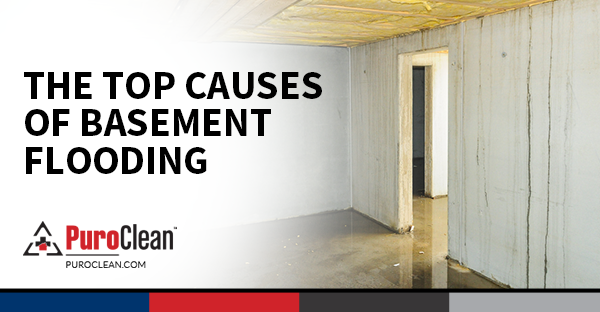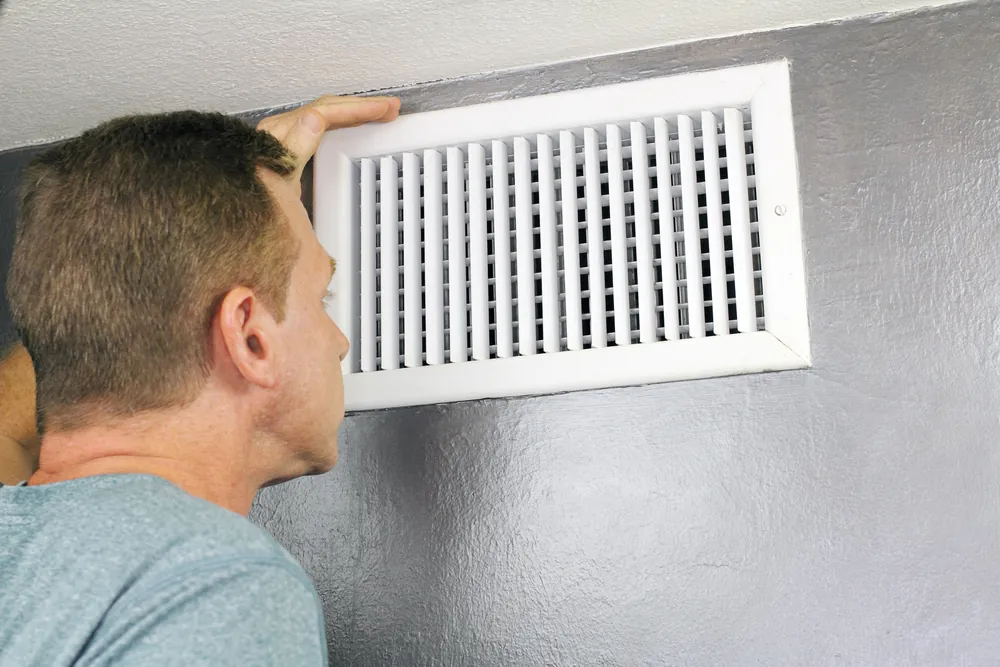When a disaster such as a fire, flood, or biohazard event strikes a home or business, the aftermath often leaves more than just visible damage.
Unseen contaminants can linger in the air, posing health risks and complicating the healing and repair process. This is where High-Efficiency Particulate Air (HEPA) filters come into play, offering a powerful tool for professional property damage remediation.
Let’s take an in-depth look at the numerous benefits of incorporating HEPA air filtration in the restoration of damaged properties.
Breathe Easier
HEPA filters are designed to capture particles as small as 0.3 micrometers with an efficiency of up to 99.97%. They are tested and certified using a standard set by the Institute of Environmental Sciences and Technology (IEST).
This level of filtration is crucial in removing a wide range of airborne contaminants such as dust, pollen, mold spores, bacteria, and even some viruses. The effectiveness of HEPA filters lies in their complex structure of randomly arranged fibers that create a maze-like path for air to pass through and trap harmful particles through impact, interception, or diffusion.
These particles can be microscopic and may include biological elements from pet dander, mites, pests, urine, feces, or blood. Even a building that appears spotless can have poor indoor air quality due to these contaminants, leading to respiratory problems, allergic reactions, or Sick Building Syndrome.
There are several things home and business owners can do to improve indoor air quality. Installing a HEPA filtration system or air purifier does quite a bit to help you breathe easier, but you can also take these preventative measures:
- Keep indoor humidity levels at 30 to 50 percent.
- Regularly clean, vacuum, and dust.
- Use products that do not contain VOCs (volatile organic compounds).
- Clean up spills and repair water damage immediately.
- Make sure your space is properly ventilated and use fans to keep the air circulating.
- Invest in regular inspections for mold, pests, and radon.
- Properly maintain your HVAC system, including regular cleaning and inspections.
While less common today, older properties may contain hazardous materials such as asbestos or lead-based paint. During remediation efforts, disturbing these materials can release harmful fibers and dust into the air.
Inhalation of asbestos fibers can lead to serious conditions such as asbestosis, lung cancer, and mesothelioma, while lead dust is particularly dangerous for children, causing developmental issues and other severe health problems. HEPA filters are an essential component in safely handling and removing asbestos and lead.
Mitigating Hazards From Fire and Smoke
When a fire breaks out, the resulting smoke, soot, and ash can permeate every nook and cranny of a building, leaving a thick layer of toxic residue on surfaces and in the air.
Even after visible soot has been cleaned from surfaces, microscopic particles can linger and pose serious health risks. Inhaling this fine particulate matter (PM2.5) can cause respiratory distress, aggravate pre-existing conditions like asthma, and even lead to long-term lung damage. HEPA air filtration is vital for removing these dangerous airborne contaminants and keeping the air breathable for both restoration technicians and residents.
During the restoration process, HEPA-equipped air scrubbers and negative air machines are deployed to thoroughly cleanse the affected areas. These powerful units continuously circulate the air, trapping microscopic contaminants and expelling filtered air per the listed clean air delivery rate (CADR). This not only helps to purify the atmosphere but also prevents the spread of soot and ash to unaffected parts of the building.
Smoke odor and other unpleasant lingering smells from a damaging fire can be very difficult to eradicate. Our Paramedics of Property Damage™ have years of experience helping property owners get rid of smoke odor and get on the road to recovery.
Combating Mold and Microbial Growth
Water intrusion and high humidity levels from flooding, plumbing malfunctions, roofing leaks, or natural disasters create the perfect breeding ground for mold and other harmful microbes. Flood waters especially can contain many harmful or toxic substances, including raw sewage, pesticides, and animal carcasses, that can release bio-pollutants into the air.
Mold proliferates rapidly, releasing spores into the air that can easily spread through your home and cause an array of problems. HEPA air filtration is a critical component of the mold remediation process, as it traps these microscopic spores and prevents them from circulating throughout the affected space.
HEPA air purifier fans remove airborne fungi between 1.5 to 6 times faster than without their use, according to Dr. Kara Wada, an immunologist at the Ohio State University Wexner Medical Center.
A Comprehensive Approach
While the specific techniques and equipment used in property damage restoration may vary depending on the type and extent of the incident, the incorporation of HEPA air filtration is a key element of success. These advanced air purification systems play a fundamental role in ensuring the safety and well-being of both restoration workers and the building’s occupants.
Restoring your home or business after a disaster can be overwhelming, but the experts at PuroClean of Evanston are here to help — reach out today!




 PuroClean of Evanston
PuroClean of Evanston